What Does Vr Mean In Camera Lens?
Virtual Reality (VR) has become a buzzword in recent years, but when it comes to camera lenses, VR stands for something entirely different. In the context of camera lenses, VR stands for Vibration Reduction. This technology is crucial for photographers and videographers who aim to capture sharp, clear images, especially in challenging conditions. In this article, we will delve into what VR means in camera lenses, how it works, its benefits, and practical tips for using VR-enabled lenses effectively.
Understanding Vibration Reduction (VR)
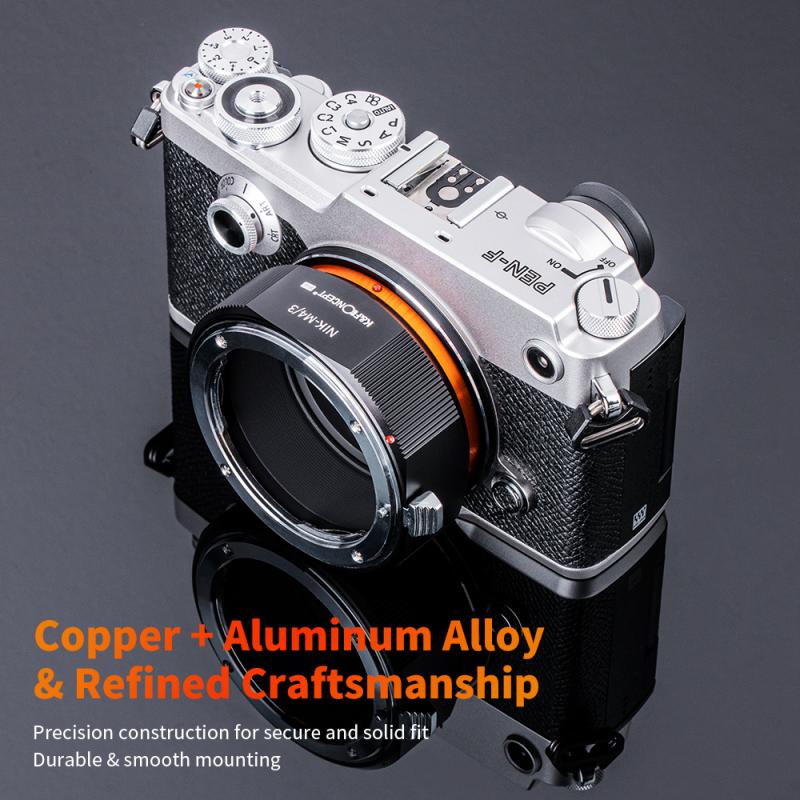
Vibration Reduction (VR) is a technology developed to counteract the effects of camera shake. Camera shake can occur due to various reasons, such as hand movements, wind, or even the mechanical vibrations of the camera itself. These shakes can result in blurry images, especially when shooting at slower shutter speeds or using long focal lengths. VR technology helps to stabilize the image by compensating for these small movements, allowing for sharper images even in less-than-ideal conditions.
How VR Works
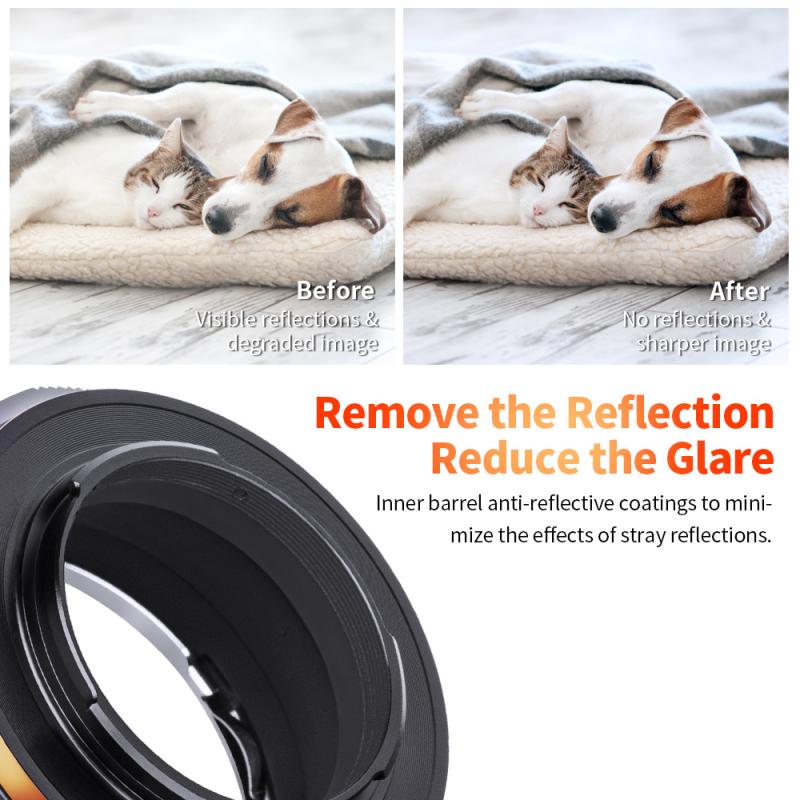
The core principle behind VR technology involves the use of gyroscopic sensors and a floating lens element. Here’s a step-by-step breakdown of how it works:
1. Detection of Movement: Gyroscopic sensors within the lens detect any movement or shake.
2. Signal Processing: The detected movement is then processed by the lens’s internal microprocessor.
3. Lens Element Adjustment: Based on the processed data, the floating lens element is adjusted in real-time to counteract the detected movement.
4. Image Stabilization: This adjustment helps to stabilize the image projected onto the camera sensor, resulting in a sharper photograph.
Types of VR Systems
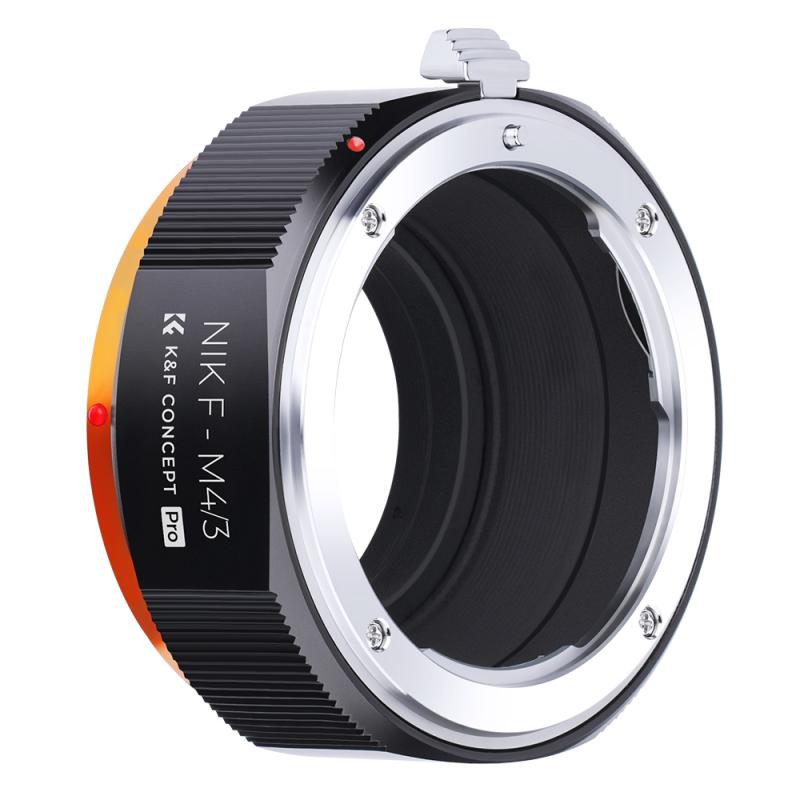
There are generally two types of VR systems found in camera lenses:
1. Lens-Based VR: This is the most common type and is built into the lens itself. It uses the floating lens element and gyroscopic sensors to stabilize the image.
2. Sensor-Based VR: Also known as in-body image stabilization (IBIS), this system is built into the camera body. It stabilizes the image by moving the camera sensor itself.
Benefits of VR in Camera Lenses
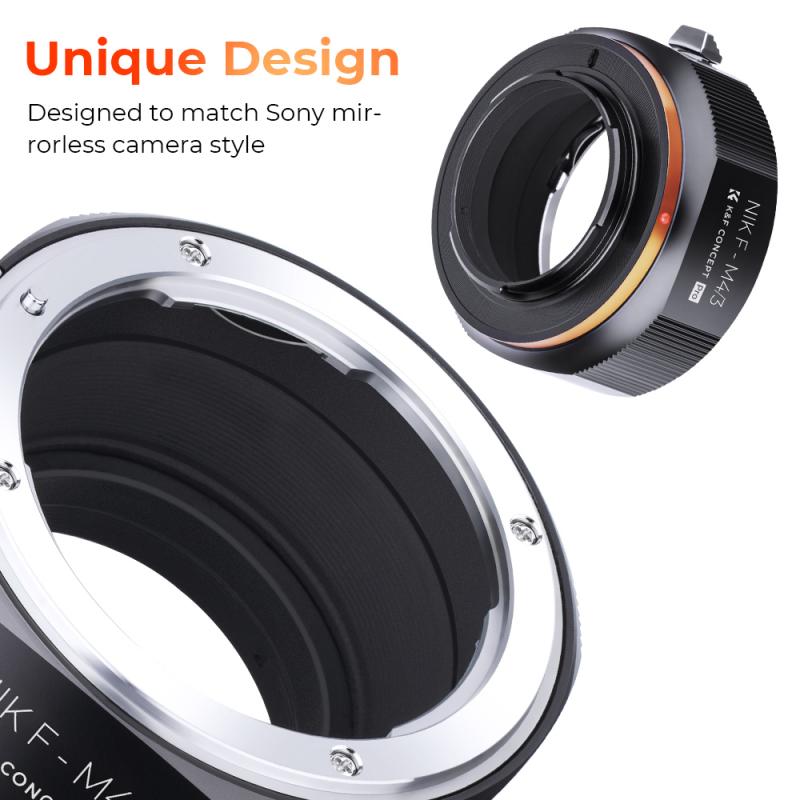
The inclusion of VR technology in camera lenses offers several benefits:
1. Sharper Images: The primary benefit is the ability to capture sharper images, especially in low-light conditions or when using slower shutter speeds.
2. Extended Handheld Shooting: VR allows photographers to shoot handheld in situations where a tripod would typically be necessary, providing greater flexibility and mobility.
3. Improved Video Quality: For videographers, VR helps to produce smoother, more stable footage, reducing the need for additional stabilization equipment.
4. Enhanced Telephoto Performance: When using telephoto lenses, even the slightest movement can result in significant image blur. VR technology is particularly beneficial in these scenarios.
Practical Tips for Using VR-Enabled Lenses
While VR technology can significantly enhance your photography, it’s essential to use it correctly to maximize its benefits. Here are some practical tips:
1. Know When to Use VR: VR is most effective in situations where camera shake is likely, such as low-light conditions, slow shutter speeds, or when using long focal lengths. However, it’s not always necessary, such as when using a tripod or shooting at fast shutter speeds.
2. Turn Off VR When Using a Tripod: When your camera is mounted on a tripod, VR can sometimes introduce unnecessary movement, leading to less sharp images. It’s generally recommended to turn off VR in these situations.
3. Understand Your Camera’s VR Modes: Some lenses offer different VR modes, such as ‘Normal’ for general use and ‘Active’ for more extreme conditions. Understanding these modes can help you choose the best setting for your shooting environment.
4. Practice Good Handholding Techniques: While VR can compensate for some movement, combining it with good handholding techniques will yield the best results. Keep your elbows close to your body, use a stable stance, and gently press the shutter button to minimize shake.
5. Regularly Update Firmware: Manufacturers often release firmware updates that can improve the performance of VR systems. Regularly check for and install these updates to ensure your lens is operating at its best.
Common Misconceptions About VR
Despite its benefits, there are some common misconceptions about VR technology:
1. VR Can Fix All Blurry Images: While VR can significantly reduce blur caused by camera shake, it cannot fix blur caused by subject movement. For moving subjects, a faster shutter speed is still necessary.
2. VR Is Always Needed: As mentioned earlier, VR is not always necessary. In well-lit conditions or when using a tripod, turning off VR can sometimes result in sharper images.
3. VR Drains Battery Quickly: While VR does consume some battery power, modern VR systems are designed to be energy-efficient. The impact on battery life is generally minimal, especially compared to the benefits it provides.
Vibration Reduction (VR) technology in camera lenses is a powerful tool that can significantly enhance the quality of your photographs and videos. By understanding how it works, its benefits, and how to use it effectively, you can make the most of this technology to capture sharper, clearer images in a variety of conditions. Whether you’re a professional photographer or an enthusiastic hobbyist, incorporating VR-enabled lenses into your gear can open up new possibilities and help you achieve your creative vision with greater ease and precision.



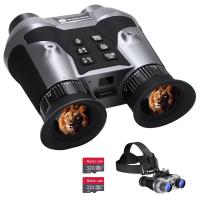

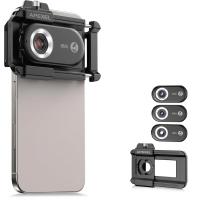





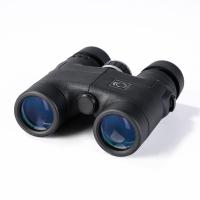


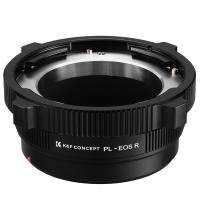



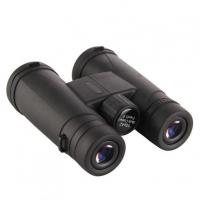

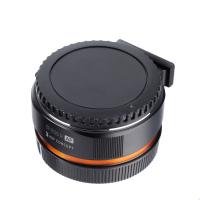
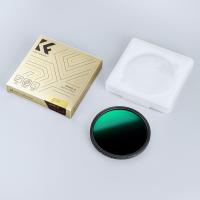
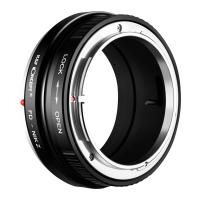
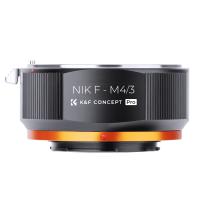

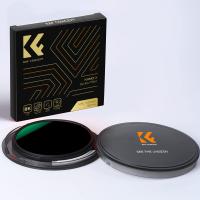
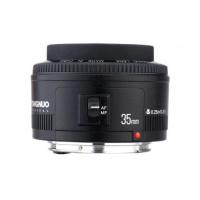
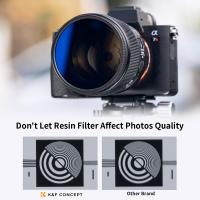
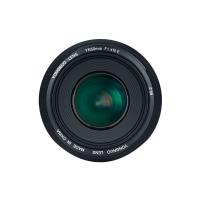
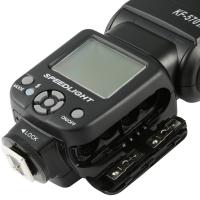
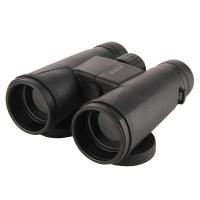




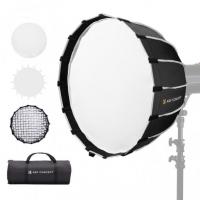
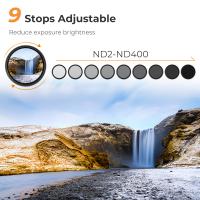
There are no comments for this blog.